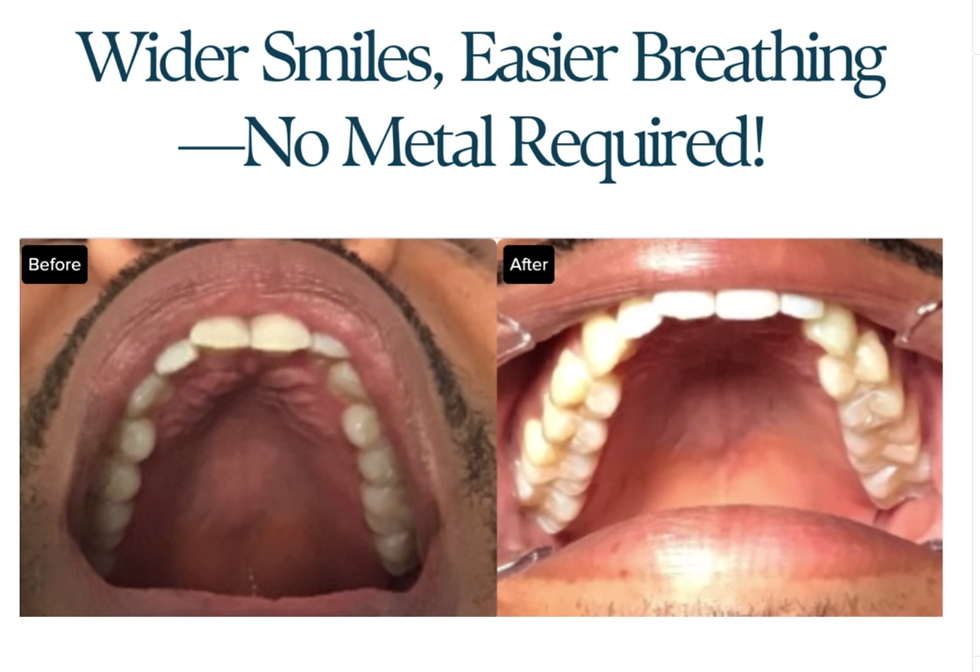Fascia: The Missing Link in Postpartum Recovery (and TASL Health Heals What Others Miss)
- Alizah Shahar

- Aug 7
- 3 min read
Postpartum recovery is often talked about in terms of kegels, core rehab, or “bouncing back.” But what if the real key to healing runs deeper—literally? At TASL Health, we focus on what most traditional postpartum care overlooks: your fascia—the connective tissue web that ties together every muscle, organ, and system in your body. And the science now confirms what we've seen in clinic for years: when fascia is restricted, recovery stalls. When it’s released, healing accelerates.

Fascia: More Than “Tissue”—It’s a Whole-Body Communication Network
Fascia is a continuous sheath of connective tissue that wraps around every structure in your body—from muscles and bones to organs and nerves. It provides structural support, helps with force transmission, and plays a critical role in both movement and sensory feedback. During pregnancy and delivery, your fascia stretches, twists, compresses, and often locks down under stress.
If left unaddressed postpartum, fascial restrictions can:
Prevent pelvic floor and core muscles from firing correctly
Create chronic tension patterns in the jaw, neck, or diaphragm
Impair digestion, circulation, and lymphatic drainage
Keep your nervous system stuck in “fight or flight”
These aren't surface-level issues. They’re deep, whole-body problems—and they require a comprehensive solution.
What the Research Shows: Fascia Is the Foundation
Scientific studies are increasingly showing just how important fascia is in postpartum healing—and why addressing fascial restrictions can dramatically improve recovery outcomes.
A comprehensive review published in the Journal of Bodywork and Movement Therapies found that therapies targeting fascia—often called myofascial release—help women recover core strength and reduce abdominal muscle separation (diastasis recti) after childbirth. Releasing tight connective tissue eases pain and improves muscle coordination, allowing new mothers to regain stability and function more quickly.(Ricci et al., 2021)
Another study featured in Complementary Therapies in Clinical Practice reported that fascial therapy not only helps with physical pain but also significantly reduces postpartum anxiety and fatigue. Women receiving fascial release experienced better sleep, improved mood, and reduced emotional stress.(Zadro et al., 2020)
Fascial health even impacts organ mobility. A study examining women post-cesarean and vaginal birth showed that adhesions in fascial layers can restrict how internal organs move—leading to poor digestion, pelvic pain, and prolonged healing. These issues often go unnoticed in typical postpartum care.(Liem et al., 2016)
Why This Matters for You
These findings confirm what we see every day at TASL Health: fascia release isn’t just a “nice to have.” It’s a critical component of healing your entire body after birth. When fascia is released and mobile:
Your muscles regain strength and coordination
Your organs function more smoothly
Your nervous system shifts out of stress mode into healing mode
You don’t just feel better physically—you feel more like yourself.
How Our Program Delivers What Others Miss
At TASL Health, we created our Postpartum Recovery Program to do what one-size-fits-all care doesn’t: address the body as an interconnected whole. Over 6–12 weeks, we walk with you step-by-step through a full reset:
🔹 Week 1–2: Full-Body Assessment, Breathwork, and Vagus Nerve Reset
🔹 Week 3–5: Pelvic Floor Rehab and Diaphragm Reengagement
🔹 Week 6–8: Fascia Integration, Core Stability, and Jaw Release
🔹 Week 9–12: Functional Movement and Long-Term Wellness Planning
Each phase is intentionally designed to unwind tension, restore balance, and rebuild your foundation from the inside out.
The Takeaway
If you’ve been told to “just rest,” or “do kegels,” but still feel off—tight, depleted, anxious, or like your body hasn’t come back online—you’re not broken. You’re just missing fascia-based care. And that’s exactly what we deliver.
At TASL Health, we don’t treat symptoms—we restore your entire system. Because postpartum healing isn’t about bouncing back—it’s about reintegration, reconnection, and lasting resilience.




.png)
Comments